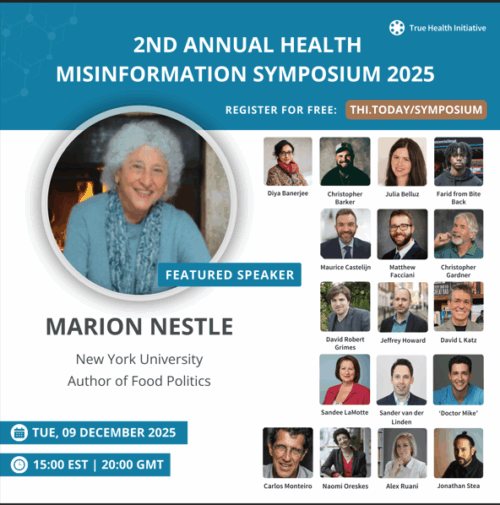Local v. Industrial foods: More sponsored science?
The business section of Sunday’s New York Times reports counterintuitive research suggesting that locally grown foods may have a higher carbon footprint than foods transported from long distances. CSPI’s Integrity in Science project says the source of the research, University of California Davis’ program on sustainable agriculture gets industry funding, including a $250,000 grant from Campbell Soup. It’s not that food companies buy the research results they want. It’s just that groups that take industry money are more likely to come up with research favorable to the sponsor’s interests. Just a coincidence, I guess.


